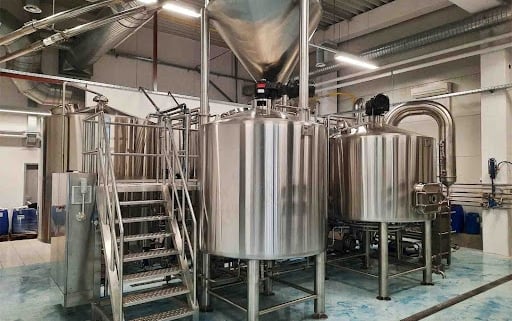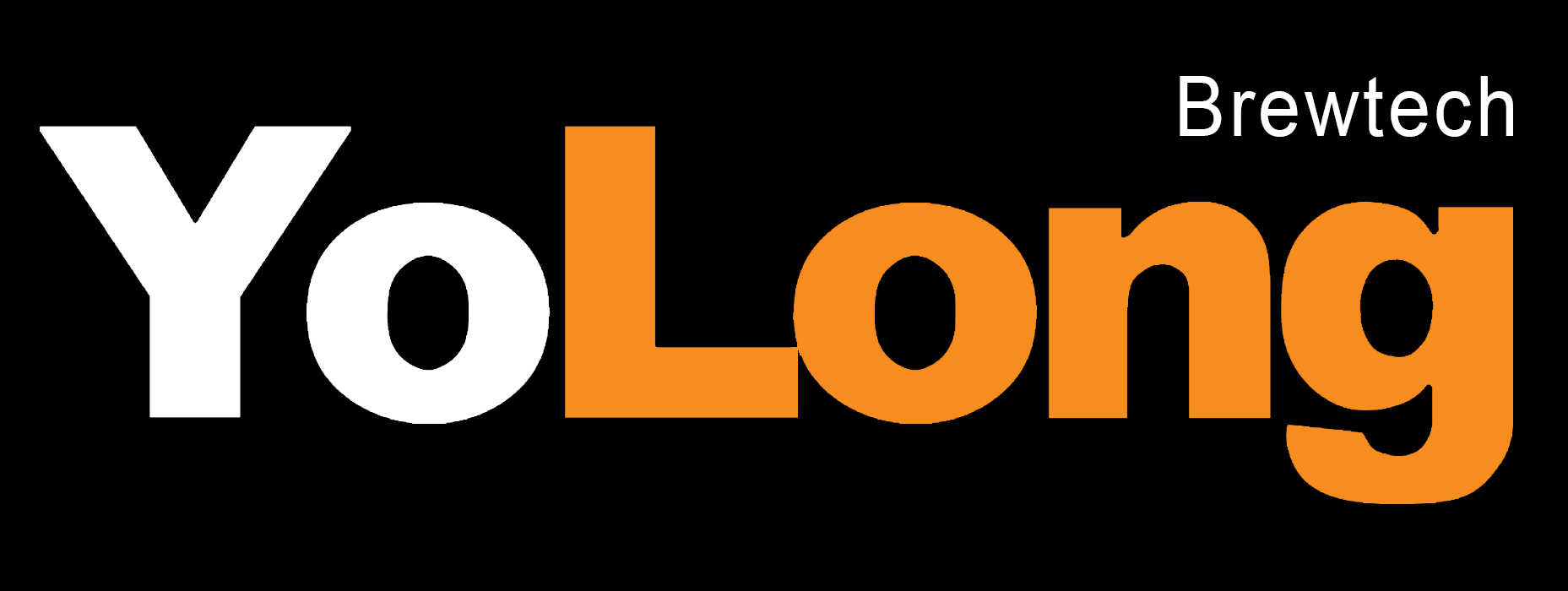Affordable Nano Brewery Equipment for Sale | Start Brewing Today
What Is a Nano Brewery?
So, what exactly is a nano brewery? Imagine a cozy little beer haven where passion meets precision. A nano brewery is the smaller cousin of the microbrewery, typically producing beer in very small batches — often less than 3 barrels (about 93 gallons) at a time. These breweries are often owner-operated, experimental, and hyper-local, and they give creative freedom to the brewers. Nano brewing is often the first leap for homebrewers dreaming of going pro without the massive overhead of a large-scale operation.
Why go nano? Flexibility, lower initial investment, and a tight-knit community of enthusiasts. Plus, it lets you test the waters before diving into full-scale production. Think of it as a test kitchen for your beer ideas.
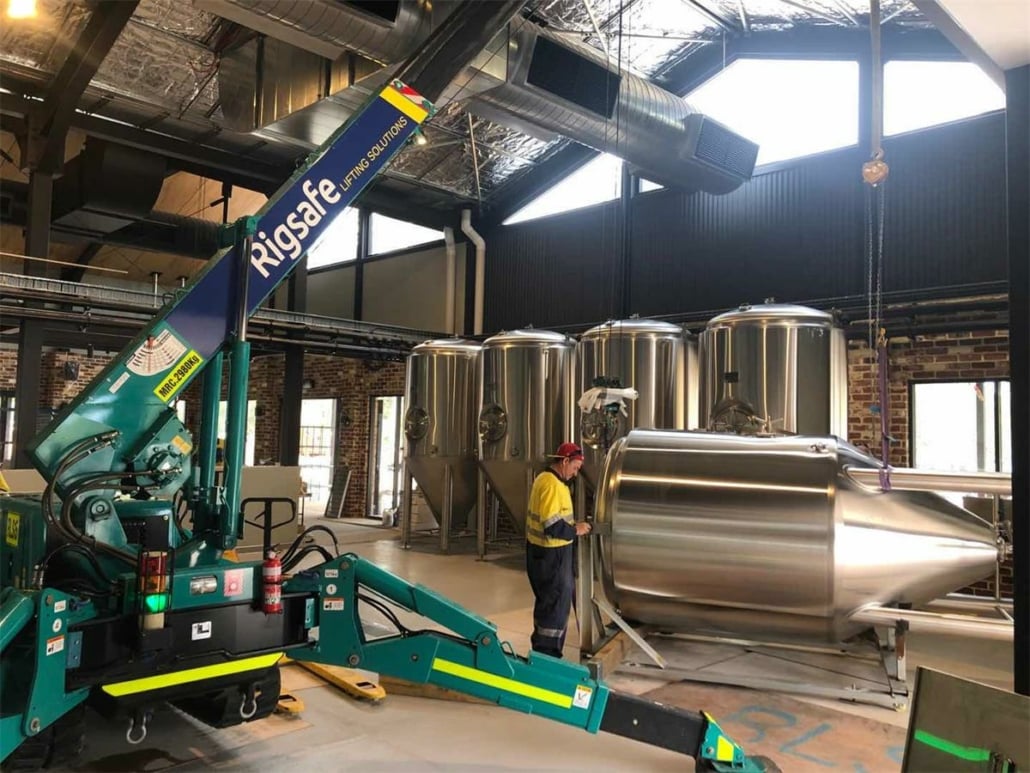
What Does Nano Brewery Equipment Include?
You can’t brew exceptional beer without the right gear. Nano brewery equipment covers everything from grain crushing to fermentation. Here’s what you’ll need and what each part actually does:
| Equipment Component | Purpose & Description |
|---|---|
| Mash Tun | Where grains are soaked to extract sugars, starting the beer’s journey. Usually insulated or jacketed. |
| Lauter Tun | Separates spent grains from the sweet wort. Often integrated with the mash tun in small systems. |
| Brew Kettle | Where the wort is boiled with hops. Size varies based on batch size. |
| Fermenters | Tanks where yeast is added and beer is fermented. Stainless steel is the norm here. |
| Bright Tank | Clarifies and carbonates the beer before packaging. Optional but useful. |
| Wort Chiller | Rapidly cools boiled wort to yeast-friendly temperature. Can be immersion or plate-style. |
| Pumps and Hoses | Help move liquids between stages. Needs to be food-grade and temperature-resistant. |
| Control Panel | Offers automated temperature and pump controls — tech-savvy and a time-saver. |
| Cleaning System (CIP) | Ensures your setup is sanitized between batches, which is non-negotiable. |
Each piece of equipment is like an instrument in an orchestra. When they work in harmony, the result is a symphony of flavors in every pint.
New vs Used Nano Brewing Equipment
Ah, the age-old debate: to buy new or go the used route? Let’s break it down.
New Equipment is shiny, custom-built, and backed by warranties. You’ll get the latest features and often better energy efficiency. But all that sparkle comes at a cost — quite literally. New systems can run from $30,000 to $100,000+ depending on size and automation.
Used Equipment, on the other hand, can be significantly cheaper (think 30–70% less). Many successful nano breweries started with hand-me-down gear from larger brewhouses. But used comes with risk — wear and tear, missing parts, or lack of documentation. You may need to tweak or retrofit parts.
| Feature | New Equipment | Used Equipment |
|---|---|---|
| Price Range | $30K – $100K+ | $10K – $60K |
| Warranty | Yes | Rarely |
| Customization | High | Low |
| Risk | Low | Higher |
| Lead Time | Often longer | Usually faster |
If budget is tight, used can be a savvy move. Just inspect thoroughly and know your seller.
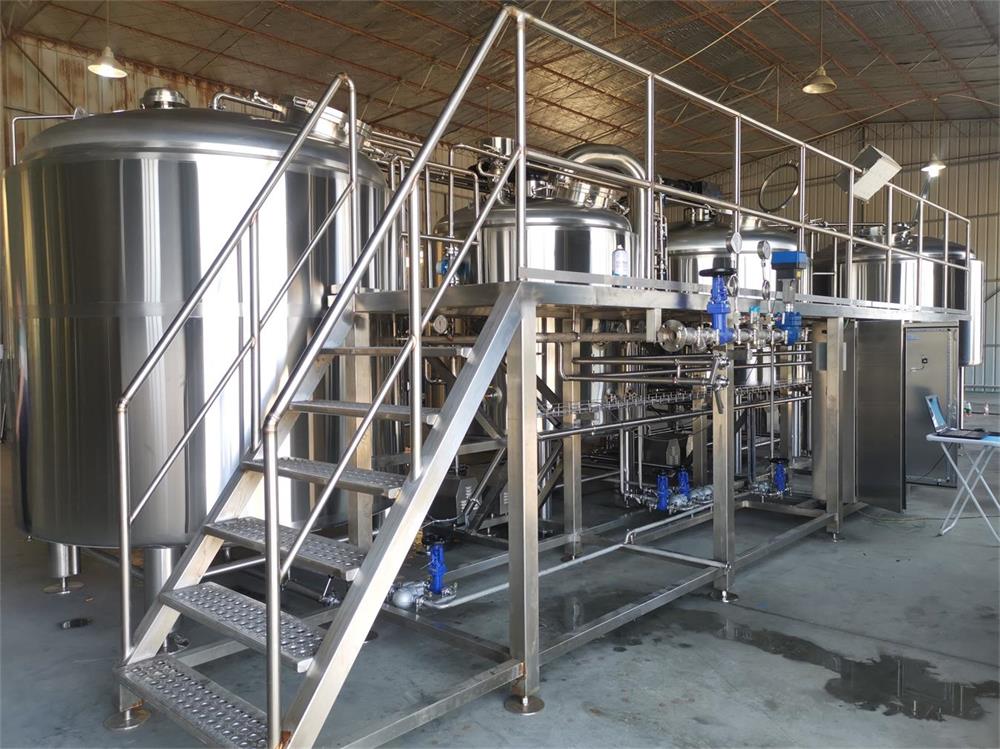
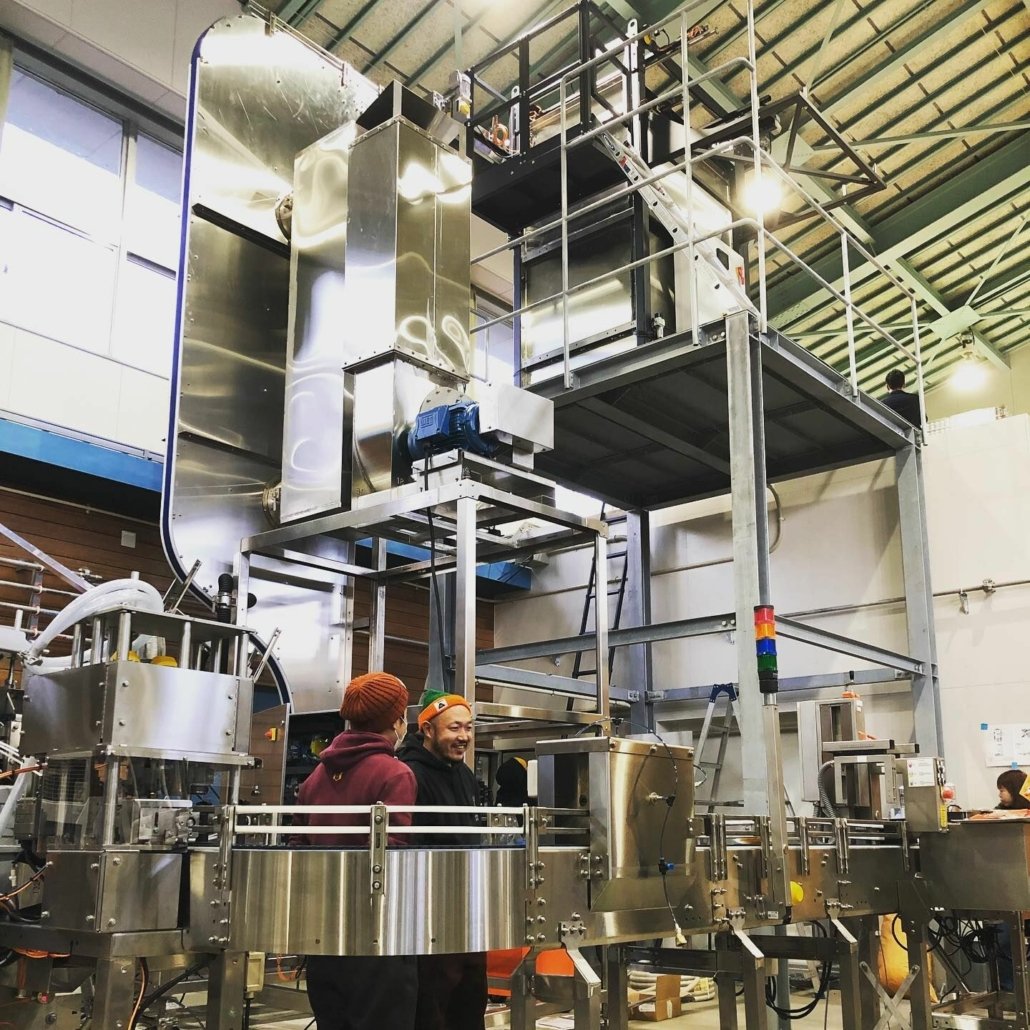
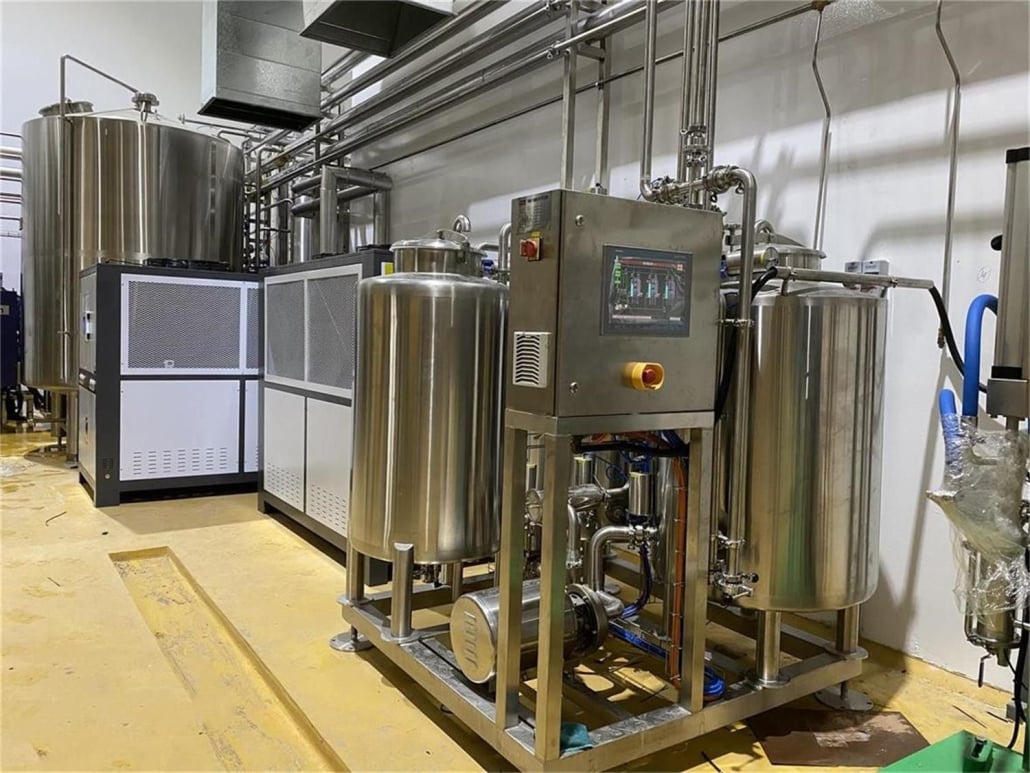
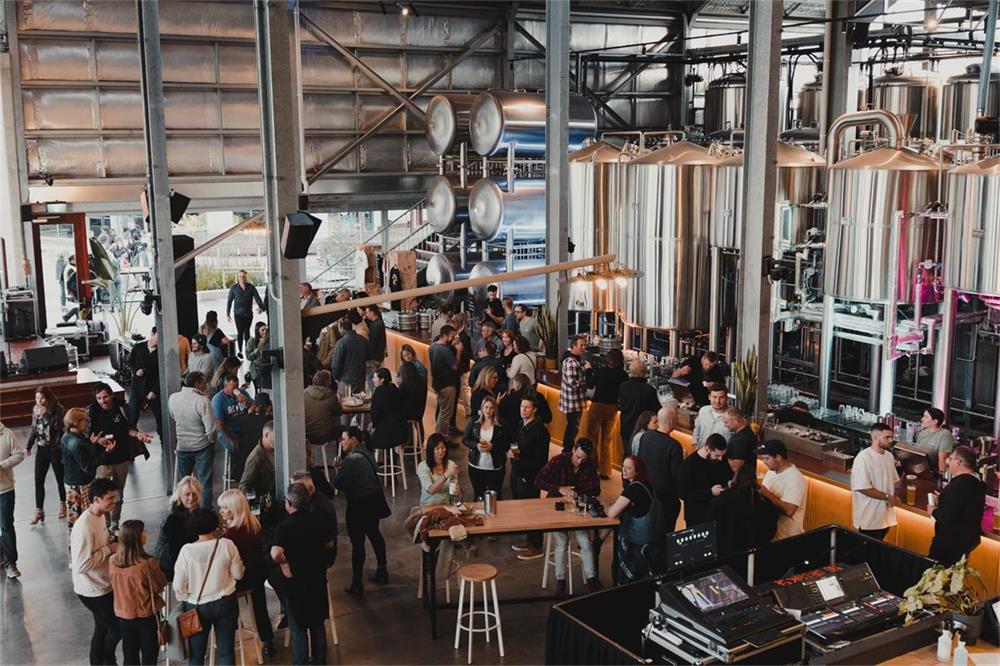
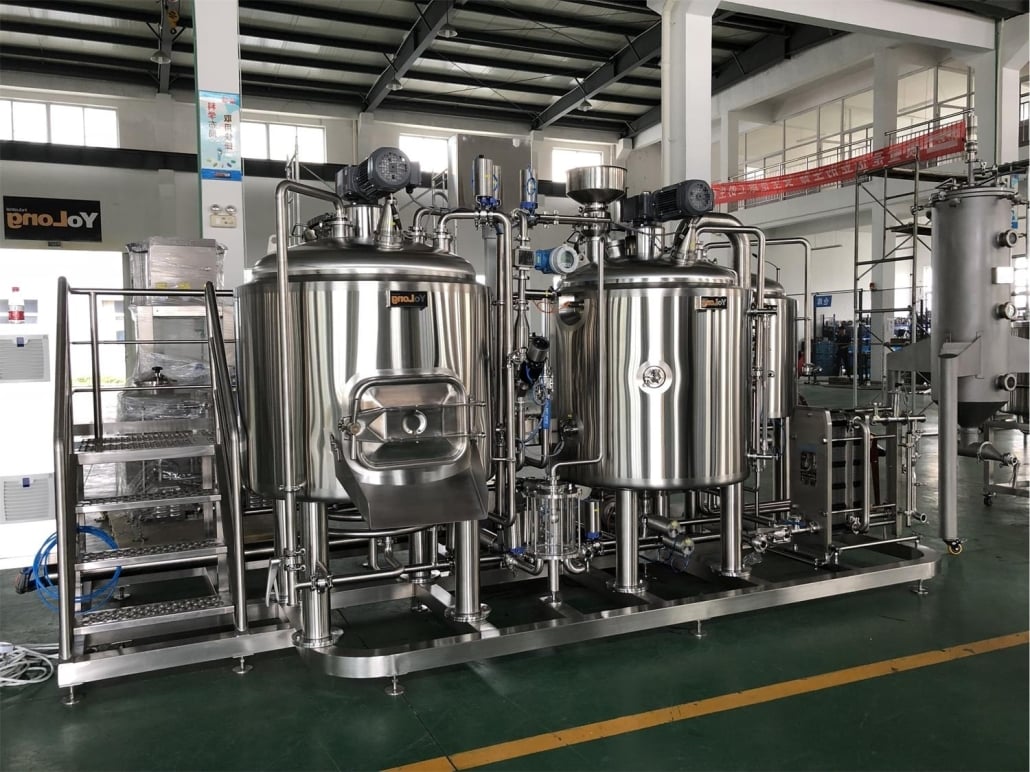
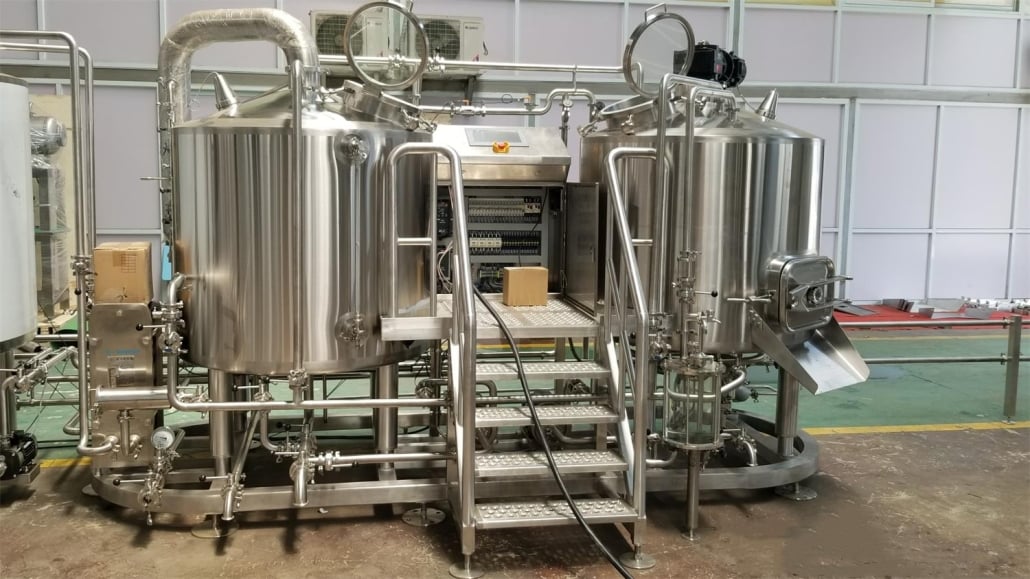
How to Choose the Right Nano Brewery Equipment
Buying brewing equipment isn’t like grabbing a six-pack off the shelf — it’s a commitment. So how do you choose gear that fits your vision?
Step 1: Know Your Batch Size – Are you brewing for a taproom, local bars, or a few loyal customers? Most nano setups range from 1 to 3 barrels. Choose capacity that suits your distribution goals.
Step 2: Consider Automation – Some systems have basic digital controls; others can automate everything. More automation = less manual labor but a higher upfront cost.
Step 3: Space Requirements – Measure twice, install once. Your space needs ventilation, drainage, and room to expand. A 3-barrel system needs roughly 400–600 sq ft minimum.
Step 4: Compliance – Equipment must meet local health and safety regulations. Some regions require UL or CE certified systems.
Step 5: Support and Reputation – Go with manufacturers who offer installation support, training, and good post-sale service.
| Decision Factor | Questions to Ask |
|---|---|
| Batch Size | How many gallons per brew? |
| Budget | How much can I invest initially? |
| Layout | What’s the size and shape of my space? |
| Utilities | Do I have proper water, power, gas access? |
| Expansion Plans | Will I scale up within a year or two? |
Choosing wrong means lost time and money. Think of this like dating before marriage — compatibility matters.
Where to Buy Nano Brewery Equipment
Once you know what you want, where do you actually find it?
- Manufacturers: Buying direct from trusted names like Stout Tanks, Portland Kettle Works, or Ss Brewtech gets you warranty, custom options, and quality assurance.
- Online Marketplaces: Websites like ProBrewer Classifieds, EquipmentTrader, and BrewBids are full of second-hand gems — and some duds. Always vet the seller.
- Auctions & Liquidations: Breweries that didn’t make it often sell off gear for cheap. It’s a bit of a gamble but worth checking.
- Brewery Consultants: These pros help design your layout and often have supplier connections.
- Local Brewery Networks: Many brewers are happy to help newcomers. Ask around at local guilds or beer festivals.
Price transparency varies, but here’s a rough idea:
| Equipment Type | Price Range (New) | Price Range (Used) |
|---|---|---|
| 1 BBL System | $15,000 – $30,000 | $7,000 – $15,000 |
| 3 BBL System | $25,000 – $60,000 | $10,000 – $30,000 |
| Fermenter (1 BBL) | $1,200 – $2,500 | $700 – $1,200 |
| Brew Kettle | $3,000 – $10,000 | $1,500 – $5,000 |
Tips for Starting a Nano Brewery
Launching a nano brewery is part science experiment, part dream chasing. Here are some real-world tips to keep you on the path to success:
Start Small and Focused – Don’t try to be everything to everyone. Nail a few recipes and build your brand around them.
Test Your Market – Hit farmers’ markets, local festivals, or collaborate with restaurants before investing big. Real feedback is gold.
Get Licensed Early – The TTB and local alcohol authorities can take months. Start your paperwork while planning equipment.
Design for Flow – Your layout should follow the brewing process to reduce backtracking and spills. Efficient brewing = more beer, less headache.
Keep Cash for Surprises – Whether it’s a new pump or a plumbing fix, unexpected costs pop up. A buffer of 10–20% over your budget is smart.
Connect with Mentors – Other brewers are usually open to helping newcomers. Learn from their mistakes.
Market Before You Brew – Build hype early. Use Instagram, host tastings, share behind-the-scenes pics.
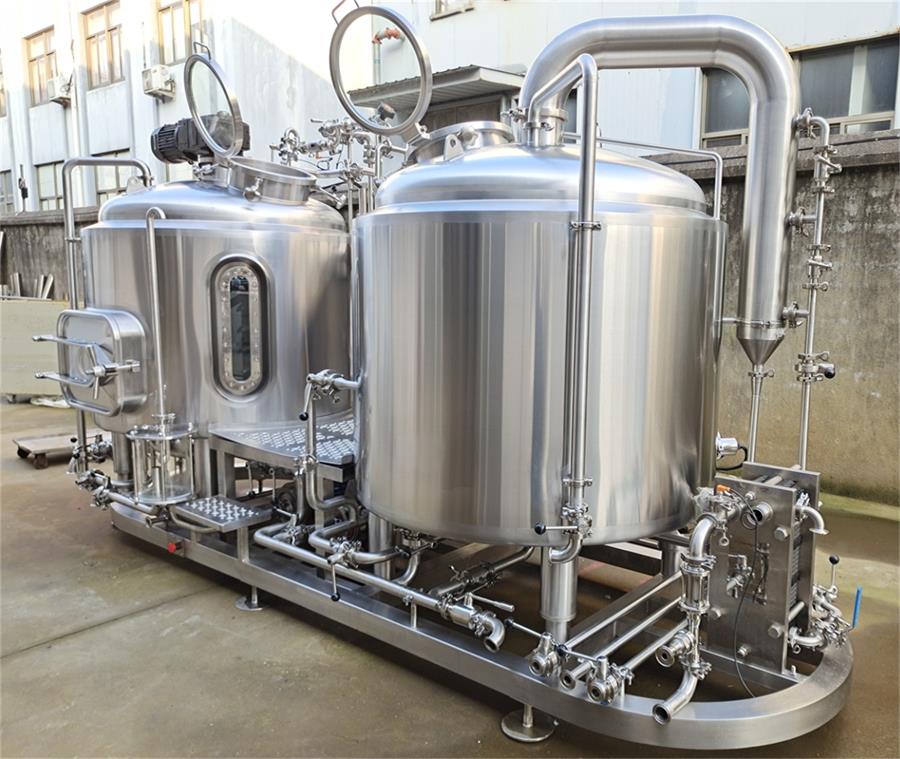
FAQ
| Question | Answer |
|---|---|
| What size is considered a nano brewery? | Typically under 3 barrels (93 gallons) per batch. |
| Is used brewing equipment reliable? | It can be if inspected well. Look for reputable sellers and ask for maintenance history. |
| How much space is needed? | For a 1–3 BBL system, at least 400–600 sq ft is ideal. |
| Can I upgrade equipment later? | Yes, many systems are modular and can scale up. |
| What’s the biggest cost in nano brewing? | Fermentation and brewing tanks are often the largest expense. |
| Do I need formal brewing training? | Not necessarily, but knowledge helps. Many successful brewers are self-taught. |
| How long does brewing take? | From mash to ferment to pour, it can take 2–4 weeks depending on style. |
| Are there leasing options? | Some suppliers offer leasing, but it’s less common for nano systems. |

